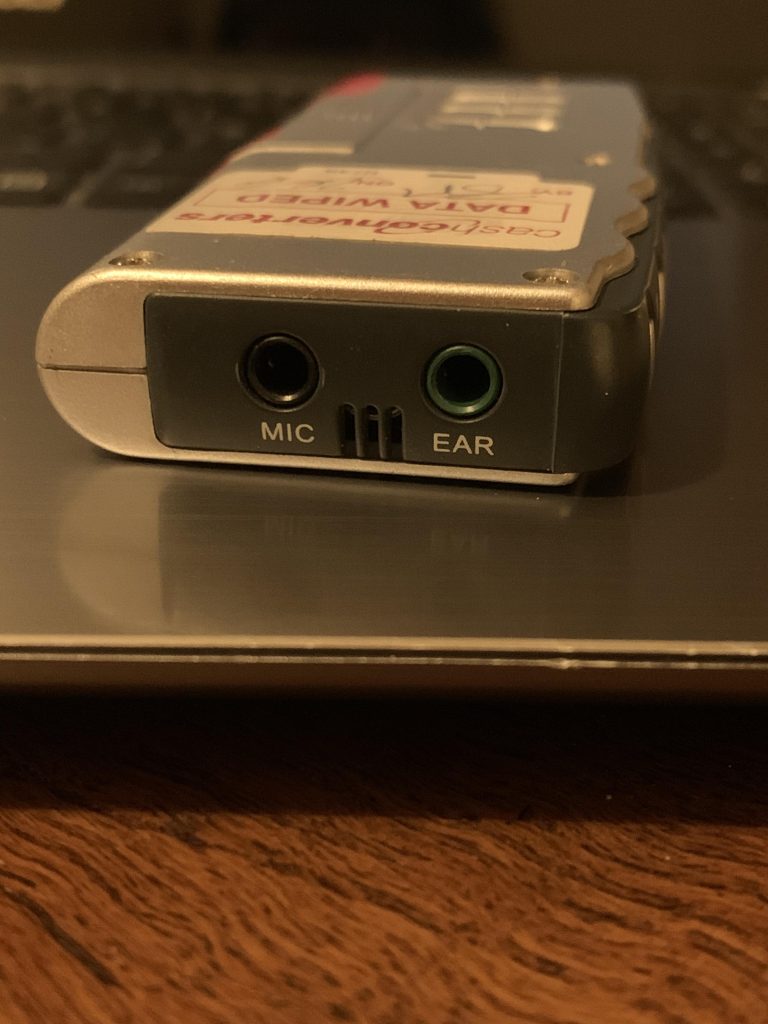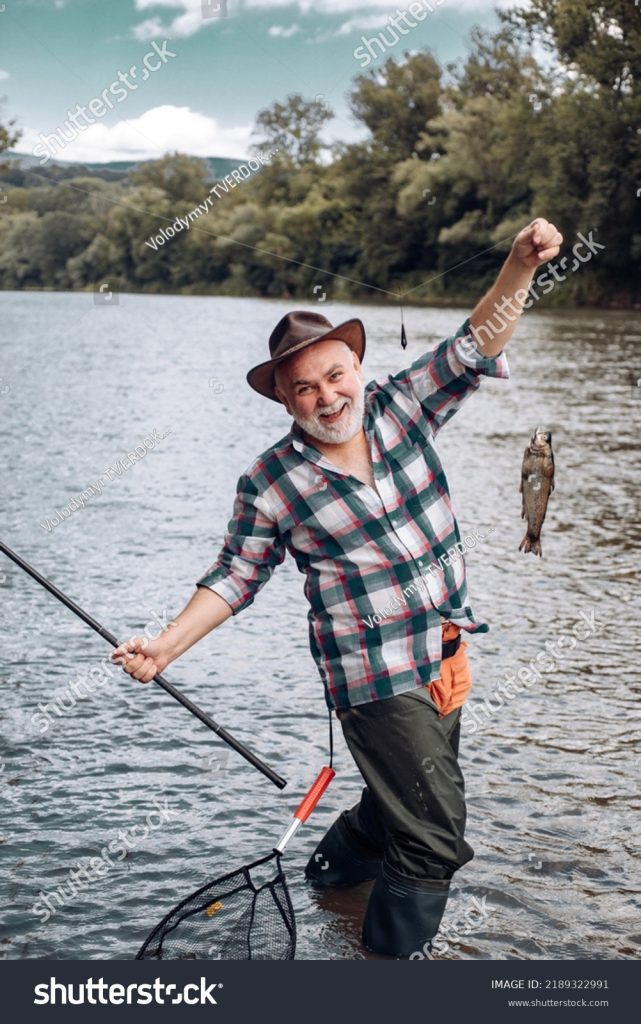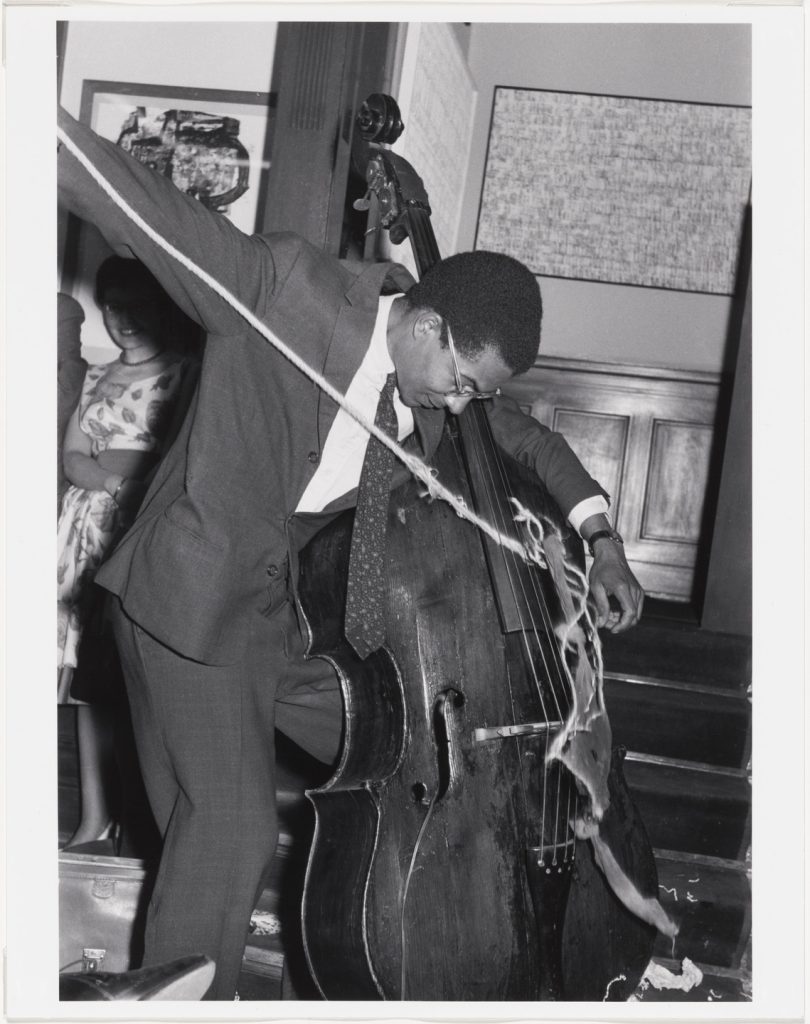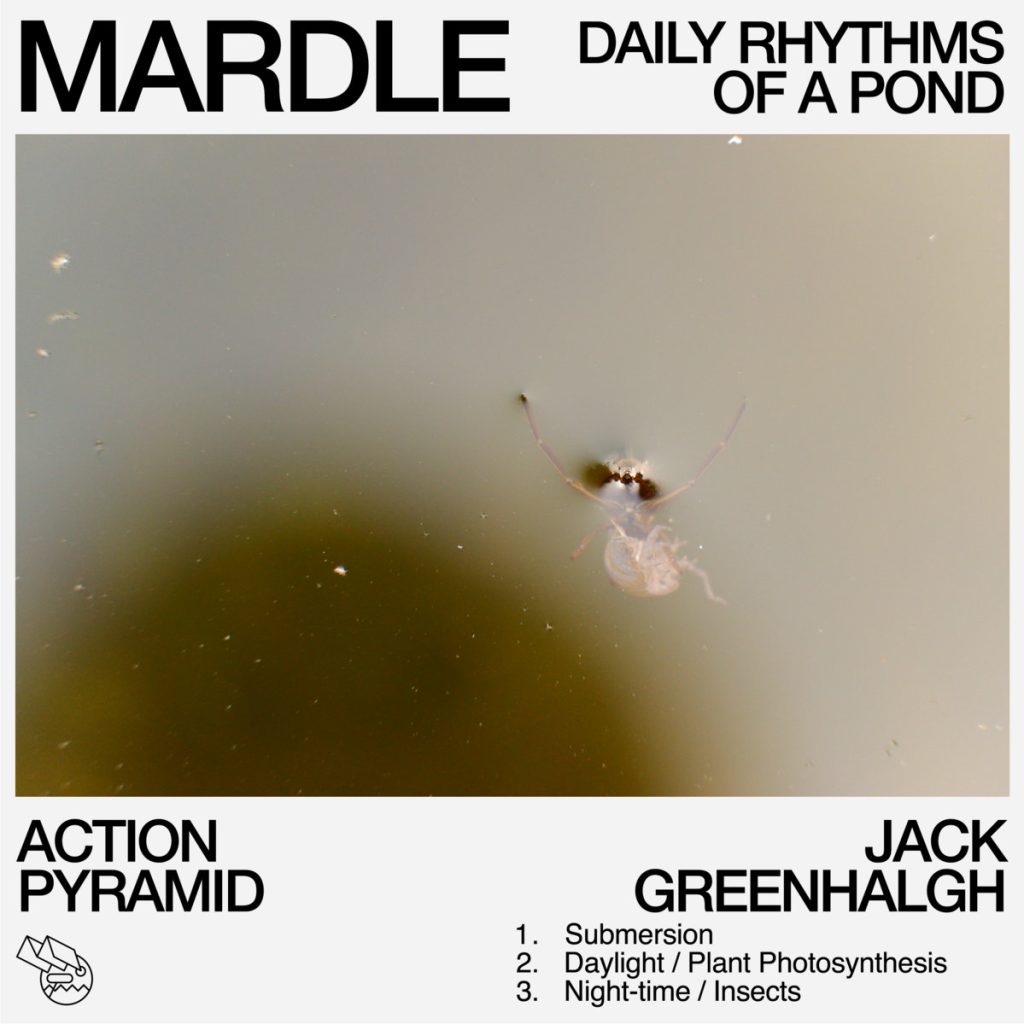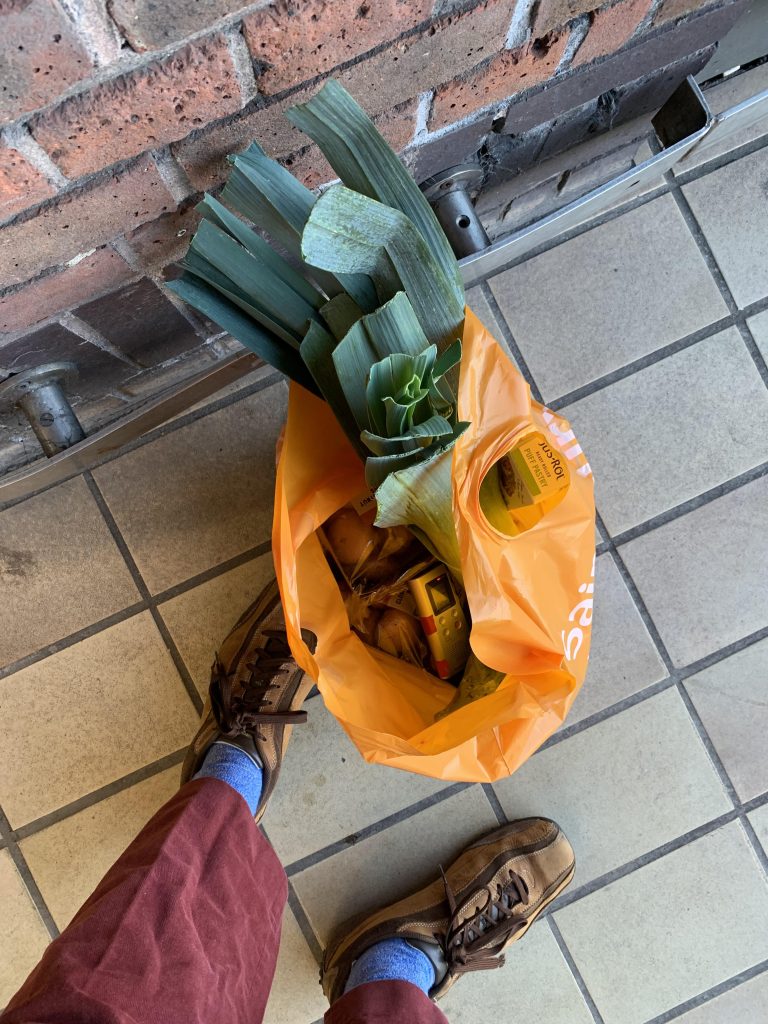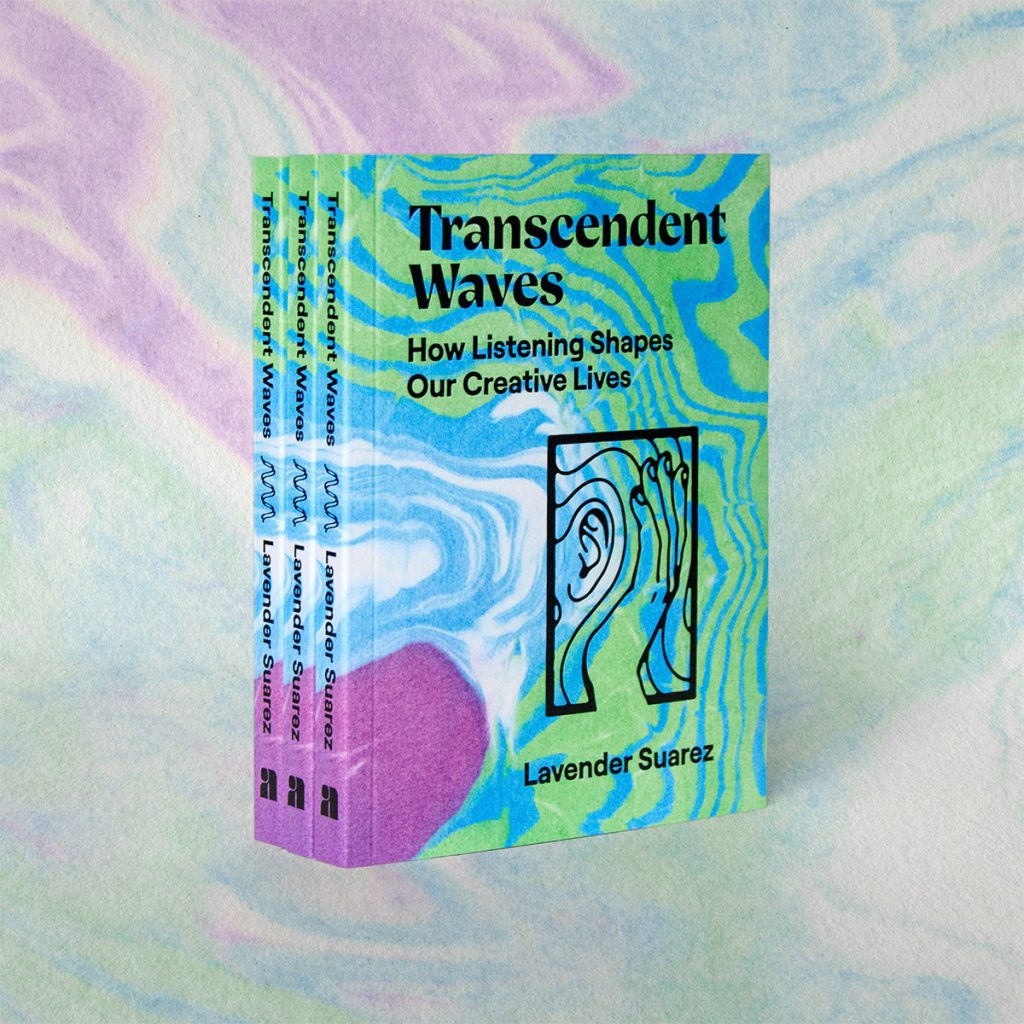Went on a field recording trip to Tide Mill with a friend. I used a hydrophone microphone with my digital pocket recorder, hoping to get some interesting fidelity. This worked really well! Without phantom power the results were still effective, and we recorded a section of the wreckage of tide mill that used to be a sluice. We also went toward Newhaven and recorded on a bank near Port Haven.
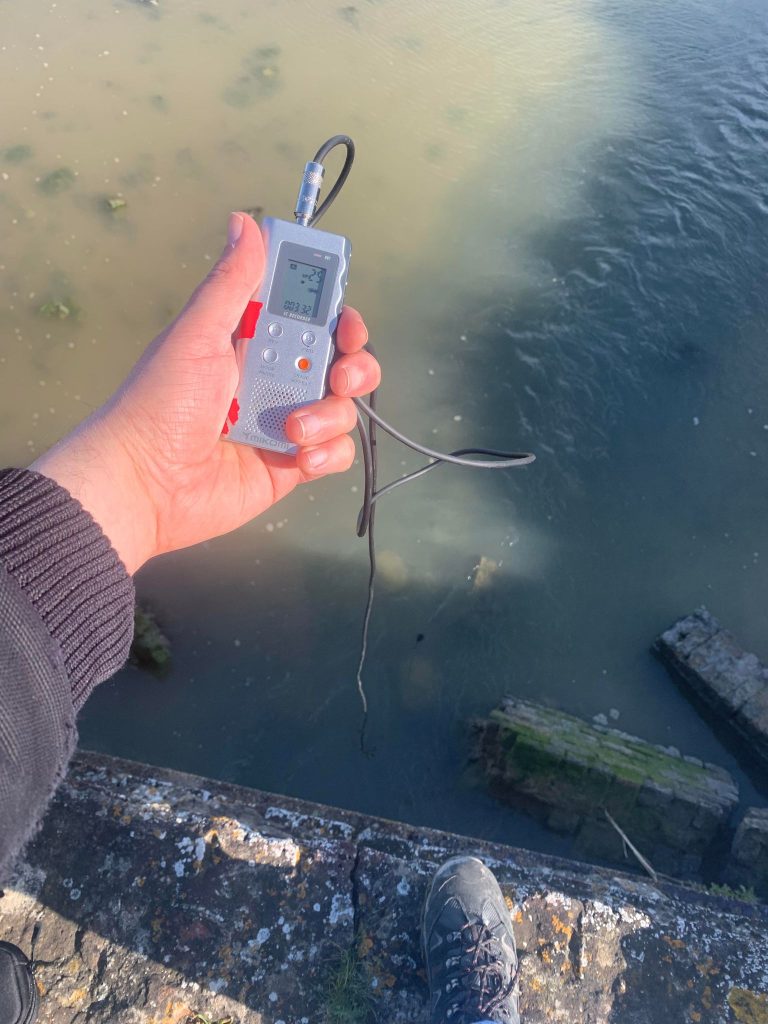
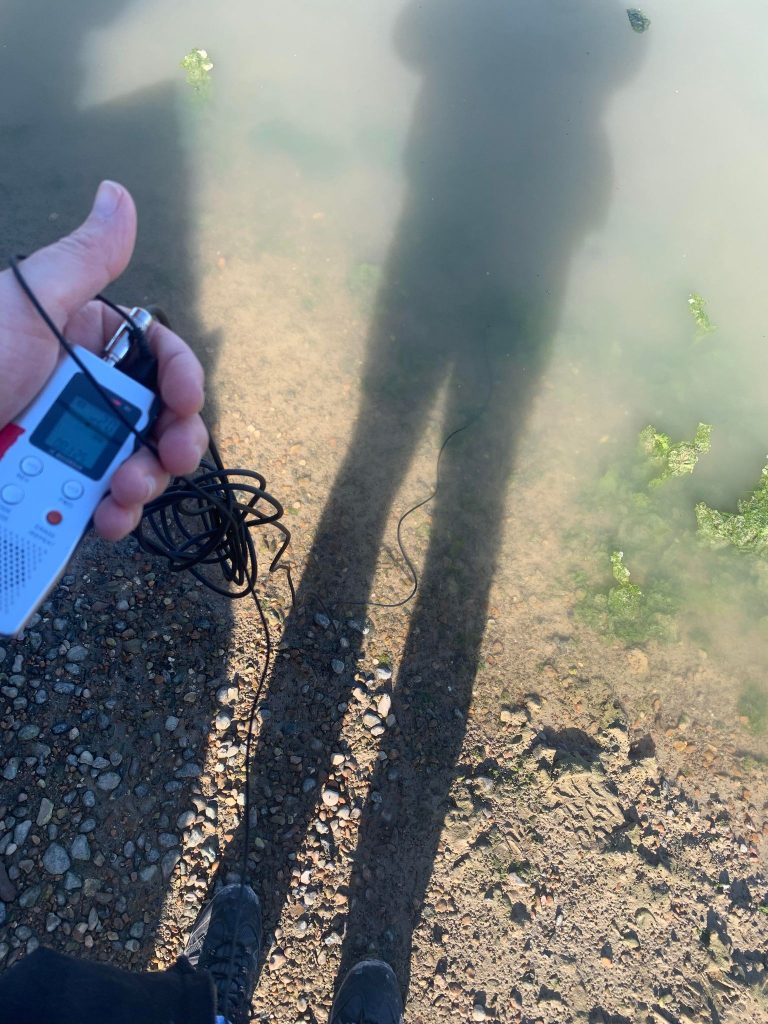
There was a tactility to this session. I was moving between three recorders with three different states of fidelity. A mirocassette recorder, the digital pocket recorder and a Tascam Field Recorder.
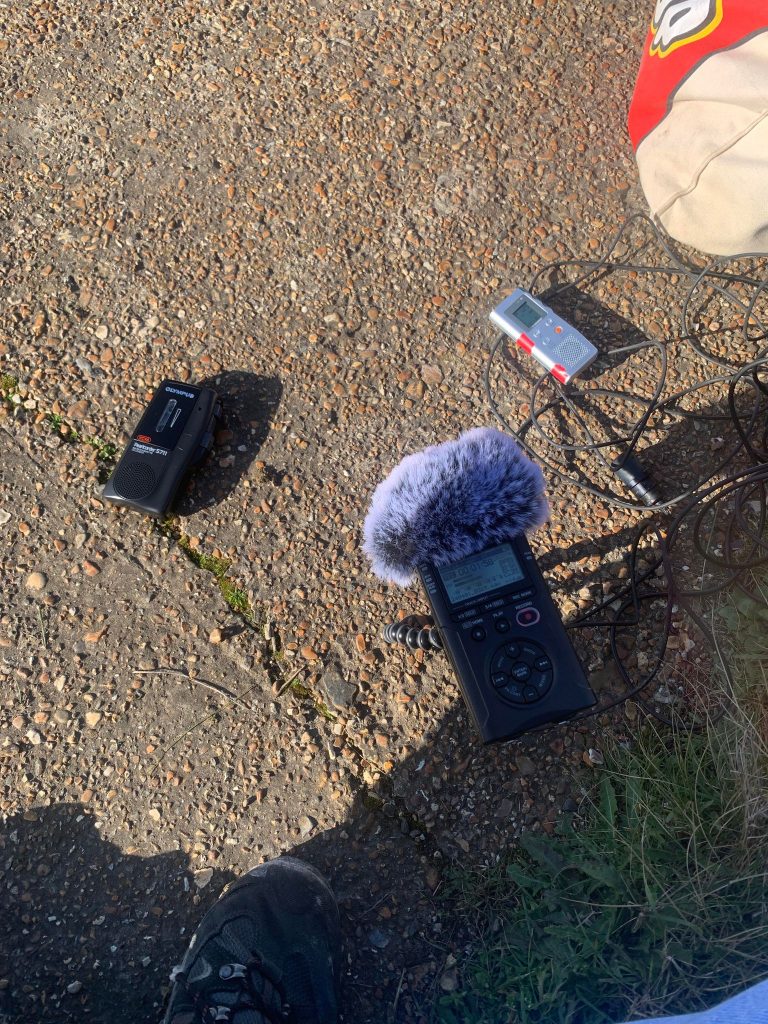
Two of these recorders cannot be monitored whilst recording. I find this completely changes the experience of recording/listening. The sounds become artifacts, and there is no blur between the time of which they are recorded and the playback, as the event is listened to and playback is then a distorted, or warped artifact of that reality that is not quite as tied by experience to that instance, but a neighboured reality.
I chose to treat the more advance Tascam similarly and not monitor the sounds before, but simply set a level that seemed to not clip and run with that, I had this recorder on whilst playing around with the other recorders, aware of ‘the margins’ and musings on recording by the likes of Angus Carlyle and Mark Peter Wright. I was also thinking about Yolande Harris’ Displaced Soundwalk, and as the tape recorder and digital recorder have quite loud playback built in, I decided to playback recordings I had captured in the space, back into that environment, and record it again. The results were quite interesting and I enjoyed the aspect of performance in where I placed these sounds within the environment. It made me consider whether microphone placement is a type of performance choice? Are we performing by pointing the recorder? This is definitely true when looking at Ka Baird’s Microphone Listening.
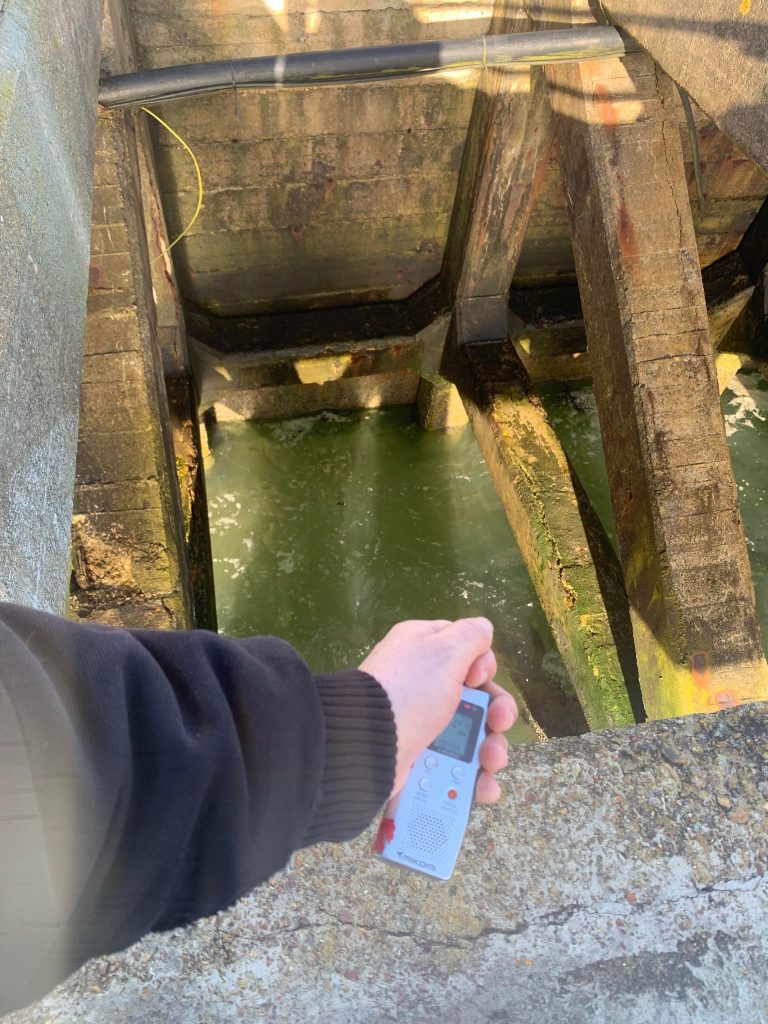
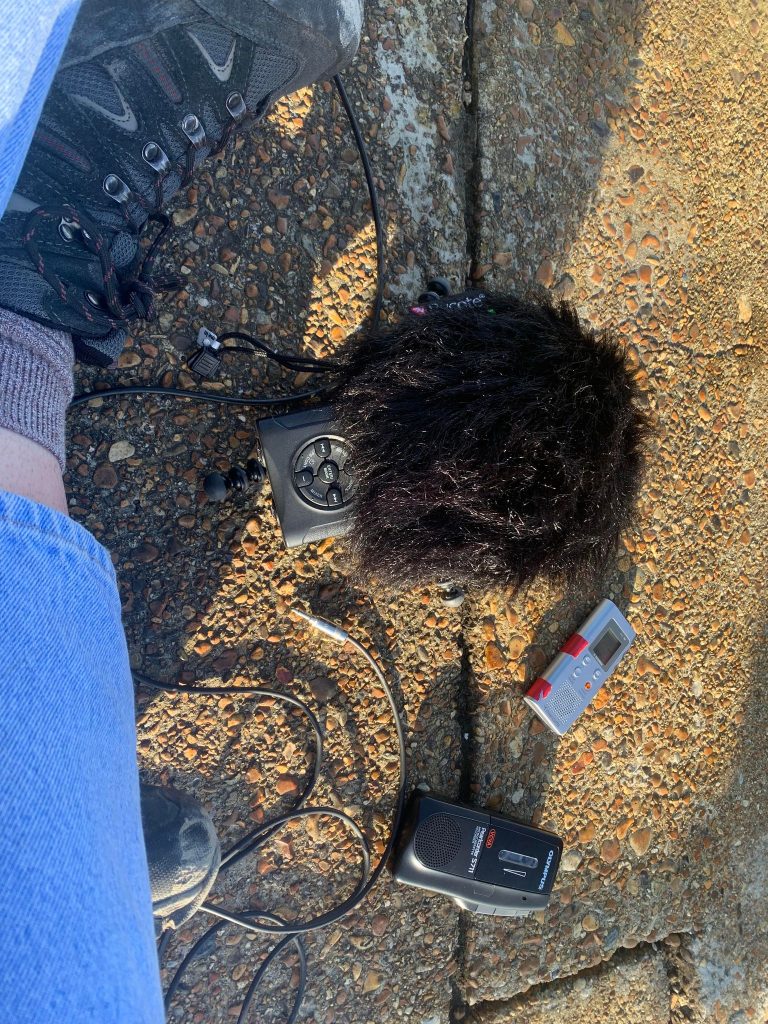
The hydrophone with a less high quality recorder, having the ability to immediately play back into the world was exciting. It felt like a natural discovery of an artefact, playing this sound within the space felt like illuminating a hidden reality.
These were quite hard to mix due to not monitoring as I went and were quite harsh initially. I ended up scooping a lot of high end out as the recorders were very shrill. I quite like the results. However compressing and editing the frequencies potentially ruined a charm they had. I described this as a recording of a recorder’s recordings. Thinking about my dissertation and how tinnitus is like listening to yourself listening.
I think there is some promise in this concept and I’m going to try it again next week. I’m also going to revisit the Pauline Oliveros inspired ‘Ears become feet’. The plan is now to record as many of these listening experiments as possible and compile them into listening exercises, have the sounds playable whilst reading the book.
